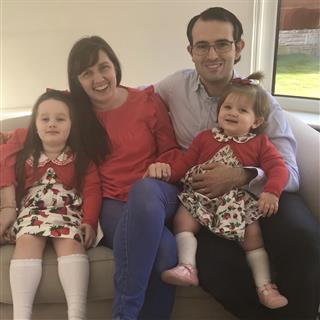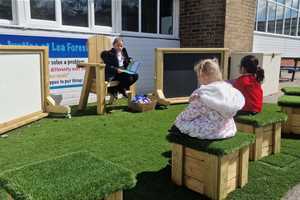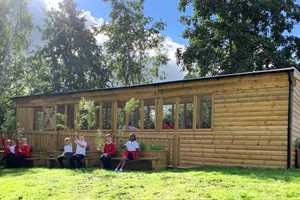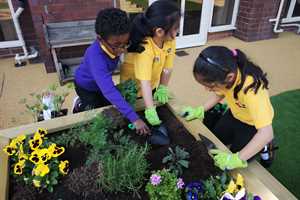
Outdoor Learning and Play
The Impact of Musical Play on Early Years Development
The power of music can have a profound impact on our lives. A song can transport us back in time or encourage us to tap our toes or jump to our feet. Music has the power to connect and uplift us affecting mood and behaviour.
Music is a fantastic form of communication. Children hear music and they often want to join in whether by playing, singing, dancing or composing. Musical activities can engage and sometimes distract young learners, changing their mood and boosting spirits. When making their own choices during play, pupils are often very eager to explore sounds and by doing so they learn about pitch, melody, beat and rhythm.
Music can be nurtured in EYFS settings through play and continuous provision, everyday activities and teacher-led sessions. This blog will explore different activities which will help to enhance musical experiences throughout the EYFS and beyond.
Nursery Rhymes and Songs
Songs and rhymes can have a positive impact on a child’s language and literacy development. Pupils are exposed to rhyme, rhythm, repetition and new and interesting vocabulary. Nursery rhymes can be the first step in children developing a love of language which builds a solid foundation for future learning.
Repetition of well-known nursey rhymes such as: ‘Twinkle Twinkle Little Star,’ ‘Jack and Jill’ and ‘Three Blind Mice,’ helps children to learn the words and tune. Counting songs such as: ‘Hickory Dickory Dock’ and ‘Five Little Men in a Flying Saucer’ introduce early maths concepts and songs which encourage children to move their bodies such as: ‘Horsey Horsey’, ‘Jelly on a Plate’ and ‘If You’re Happy and You Know It,’ promote physical development.
Different puppets and props can be used to help pupils to join in and children can be asked to share their favourite songs. A Pentagon Freestanding Stage provides a wonderful performance space. Practitioners can record pupils or children can be shown how to use simple recording equipment such as tablets, cameras or talking buttons in order to listen to themselves back.
Props such as ribbon sticks, hoops, pom poms, scarves and wrist and ankle bells can be used by pupils to add to their dance moves. Children can create their own sequences combining circular movements with spinning, sitting down and shooting up. Pupil can run, twist, turn, jump and leap, sharing their skills with others. Different musical styles can be explored through dance as children learn about dances from other cultures such as Irish dancing, flamenco, dragon dancing, break dancing or Bollywood dance.
Music is a fantastic tool for introducing children to different cultures. Pupils can listen to and sing songs from their own and other cultures. Songs and music relating to different festivals can also be explored. Playing a variety of music to pupils and inviting family members or various musicians to come and play for pupils helps to enrich the curriculum.
Once children are familiar with a certain song and confidence has been built movement and games can be incorporated. After learning the folk song ‘Did you ever see a Lassie? children can take turns to be the ‘laddie or lassie’ creating their own movements to accompany the song for others in the group to follow. ‘In and Out the Dusty Bluebells’ is a circle song which involves all pupils as one child taps another on the shoulder and a line is formed as the song is repeated.
Singing songs together can help children to learn routines and follow instructions. Adding new words to known tunes will help children to develop communication and language skills. During times when the classroom needs to be reset and tidied pupils could sing:
‘A helper I will be,
A helper I will be.
There’s work to do
There’s work to do
A helper I will be.’ (To the tune of The Farmer in the Dell)
Product Spotlight
When required to line up children could sing:
When it’s time to line up,
One, two, three,
Make a long line,
Come walk with me.
When we are travelling
Quietly!
Join the line and follow me! (To the tune of I’m a Little Teapot)
Simple songs can make everyday routines more fun; puppets can be used to introduce children to new songs and pupils can be involved in suggesting lyrics themselves. Pupils will love using their imaginations to add sound effects to known stories or poems or to join in with parts of songs where they can play the same instrument they are listening out for.
Exploring Sounds
A nature walk around the school grounds or local area can encourage children to tune in and identify sounds they can hear such as: birdsong, wind, cars or water.
To extend this, children could play a circle game where one child sits in the middle wearing a blindfold whilst another pupil makes a sound either using their voice or a musical instrument. The selected child needs to identify where the sound is coming from and describe what sound they could hear.
Another sound game, similar to ‘Hide and Seek’ involves one child leaving the room whilst an item is hidden. When the child re-enters the other children in the group clap loudly (hot) when the child is near the missing items and quietly (cold) if the child is further away from the item.
Home-made string telephones where string has been attached to two plastic, cardboard or foam cups demonstrates how sound waves cause vibrations which move down the string to the other cup. Pupils will develop curiosity and critical thinking skills as they perfect their telephone and experiment with their voices.
Learners enjoy designing and making their own musical instruments using a variety of recycled materials. Designs can be firstly drawn after examining available materials. Ideas include: elastic band guitars using a tissue box as a frame, various shakers and rainmakers made by filling tubes and containers with dried foods or ballon skin drums made by stretching a balloon over a container. Pupils can be challenged to create an instrument that makes sounds in different ways.
Making Music with Instruments
Drum Seats
A Drum Seat Package allows groups of children to gather in a circular shape facing an adult. Pupils can practise playing and pausing on an agreed signal. Once this has been mastered learners can practise playing quietly (using fingertips), loudly (using whole hand), fast, slowly, in pairs or one at a time. Children can echo a simple rhythm pattern made by an adult or friend. Together as a group children could practise keeping a steady beat to a story or rhyme.
When some children are using the drums, others can be exploring body percussion – making different beats with their hands, feet, fingers and mouth.
Pupils can explore how many different sounds they can make using their bodies. They could try: clapping hands, clicking fingers, tapping fingers, slapping knees, stamping feet, rubbing hands together or knocking fists together.
Learners may be able to create simple patterns using two contrasting body percussion sounds or a teacher may create their own orchestra with different groups of children performing different hand or foot sounds.
It is useful to teach young children hand clapping games to develop coordination, rhythm and listening skills. Hand clapping games can encourage children to cross the midline of their body aiding physical development whilst also developing social skills when working together.
Pat-a-cake, pat-a-cake baker’s man’ and ‘Double, double, this this’ are popular hand clapping rhymes where children can vary motion and speed as they clap. Pupils will also be able to try ‘echo clapping’ by copying a simple pattern such as four claps and 3 taps.
Children enjoy playing, ‘Don’t Clap this One Back’ (- - .. -). Pupils practise clapping a series of different patterns and when they hear the pattern to accompany the phrase ‘don’t clap this one back’ they cease clapping and say the phrase instead. This game can be played with a different rhythm which children must not echo.
When seated in a circle children can practise taking it in turns to send a clap/stamp round the group which they may be able to do to the beat of a drum. This can progress to sending two sounds around the circle such as clap, tap. Learners may create a pattern of 4 body percussion sounds such as clap, tap, stamp, slap which they can teach to others.
Playground Chimes
Playground Chimes are the ideal instrument to teach children about pitch as children can physically play and practise daily. As pupils devise their own patterns, they will form a greater understanding of pitch. It can be useful for an adult to copy and repeat back to a child what they have just played in order to engage in musical play and shared conversation. Pupils can be encouraged and supported to play instruments well by correctly holding them and listening carefully to the sound made.
Adults can demonstrate high and low sounds such as a high G and low C when introducing the term ‘pitch.’ When playing from a low to high note children can stand up and from high to low children can sit down. Pupils can take turns leading this game. Adults could write a sequence of H and L letters on a whiteboard, encouraging children to play high or low notes as each letter is pointed to. Pupils will build their memory skills as they develop their own patterns and sequences.
The major or primary pentatonic scale can be explored using Pentagon’s Major Pentatonic Chimes. Pupils can improvise and make up patterns using the notes which will sound bright and interesting making this set perfect for beginners.
Pupils will be able to create simple tunes of their own and may be able to write their own patterns using letter names such as ‘C, D, D, E, D, C.
Introducing Dynamics
Pupils can be introduced to the term ‘dynamics’ to describe loud and quiet. Children can be asked to suggest loud and quiet sounds before showing how instruments can be played quietly or as loudly as they can – either taking turns to play individually or together as a group. Groups of pupils can also practise creating a crescendo (a sound which gradually gets louder.)
Young children may associate loud with fast or quiet with slow therefore it is important to point out that loud doesn’t always mean fast and quiet doesn’t always mean slow. A useful activity could involve listening to a recorded piece of music with many dynamic contrasts. Pupils could respond by making big body movements when the music is loud and tiny movements when the music is quiet.
Creating an outdoor musical environment excites and inspires pupils. Discovering new sounds in the natural environment provides opportunities for early exploration and positive experiences with music. Allowing children to create and develop their own musical ideas at a time when they are rapidly developing can empower them to find a love of music making.
Outdoor musical equipment invites children to make large body movements whether using wide arm movements or running, jumping and leaping as they strike the chimes. Music making becomes self-initiated play that is an ingrained and ongoing activity in an early years setting.



.jpg)
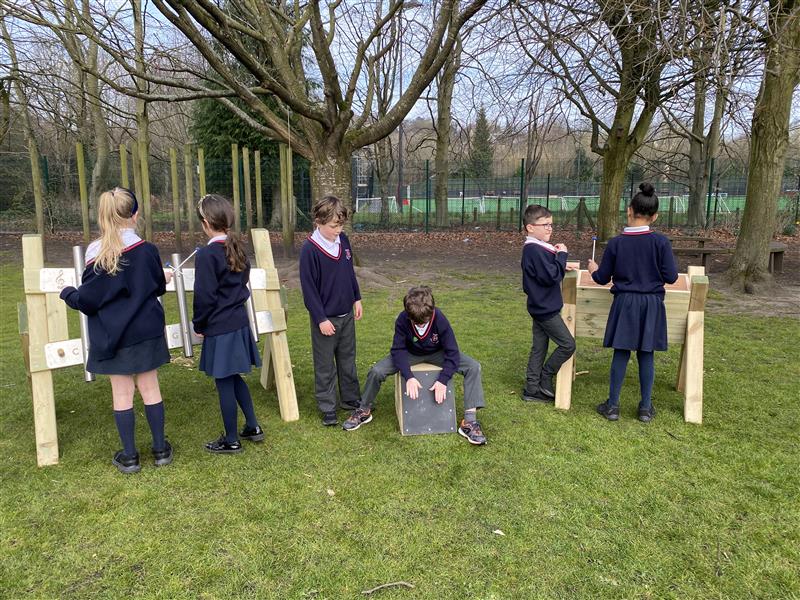

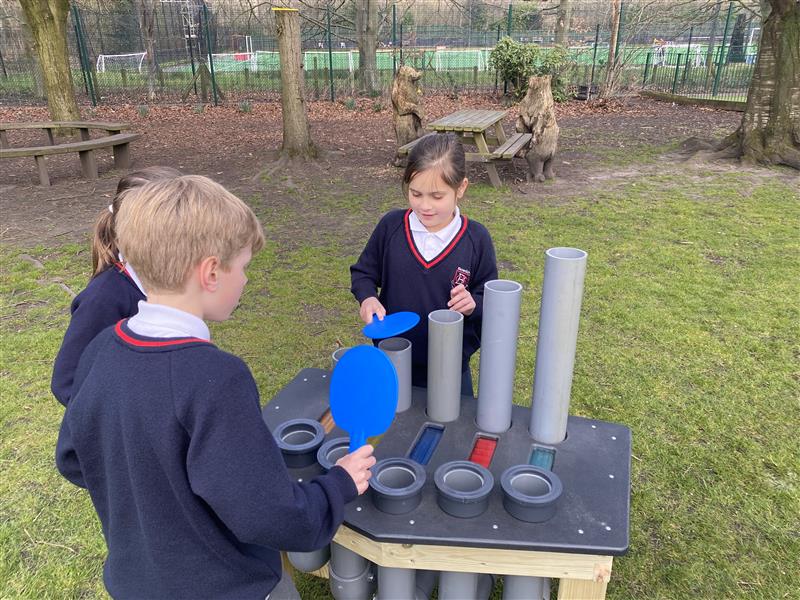



.jpg)
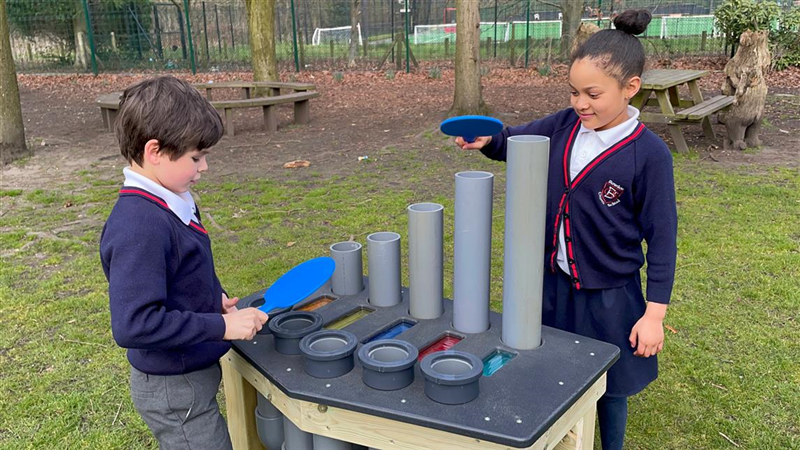
.jpg)
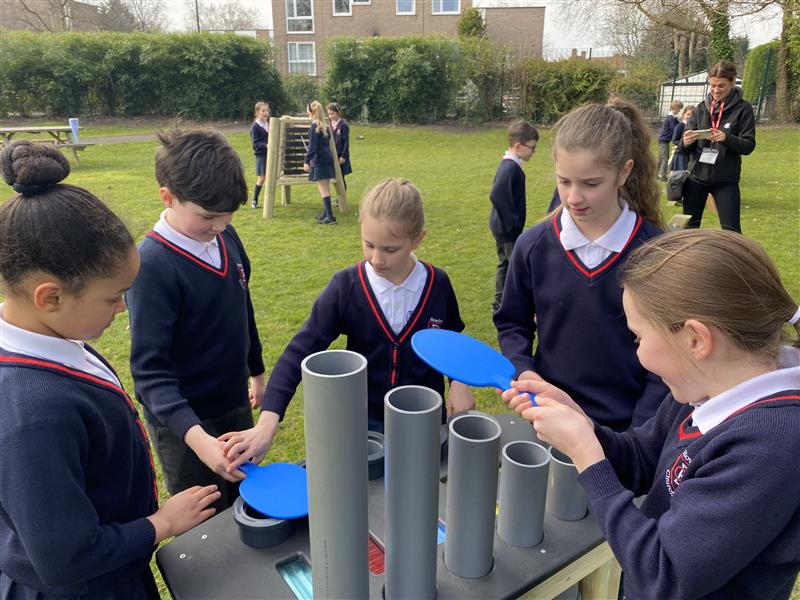
.jpg)
.jpg)
